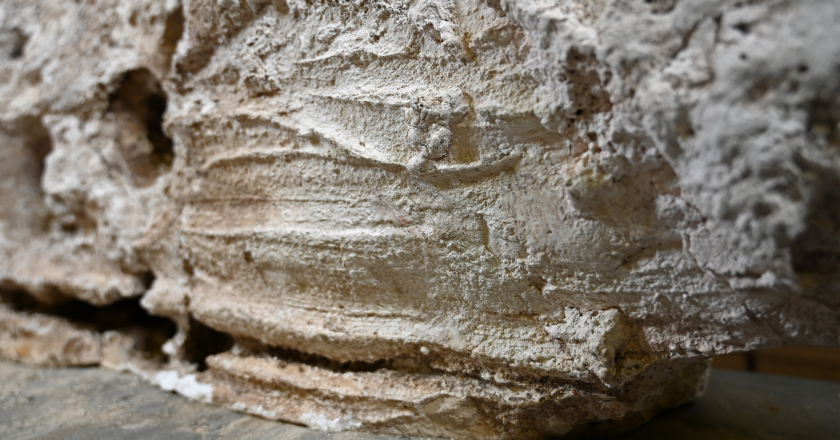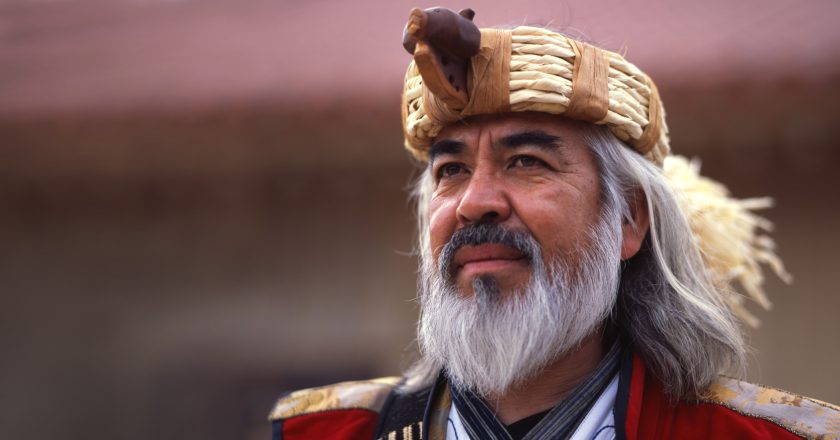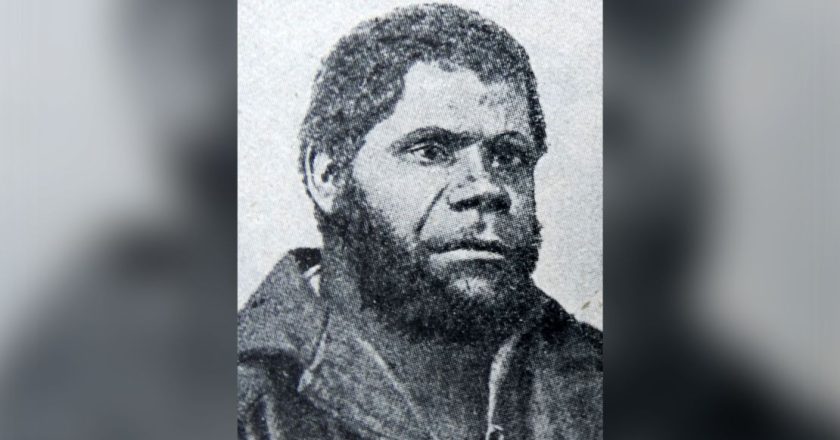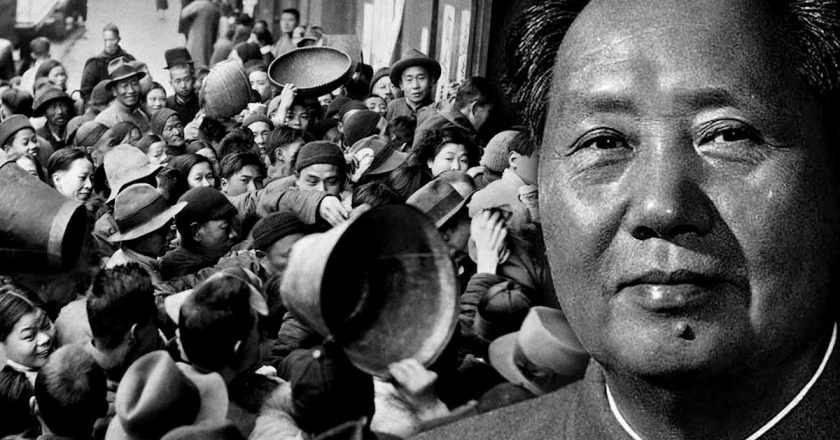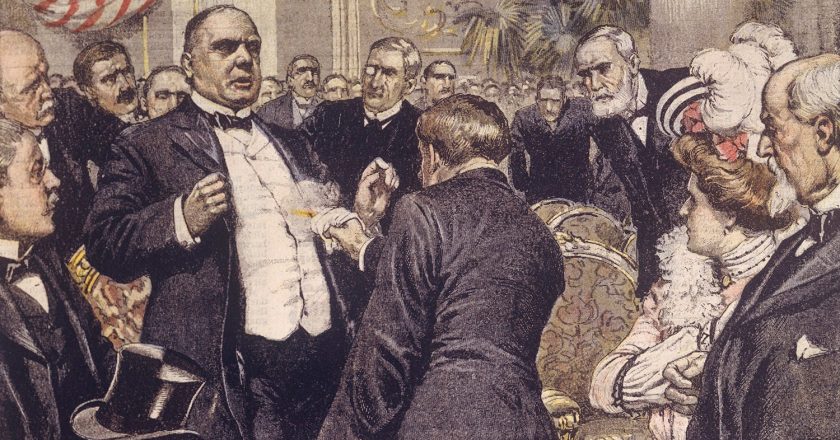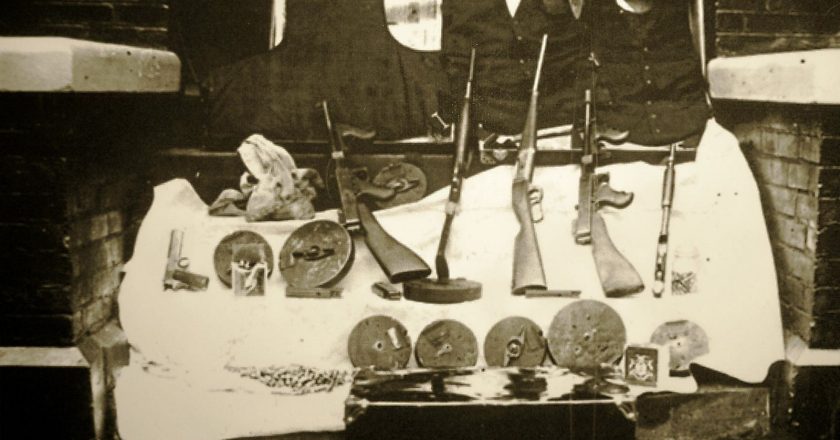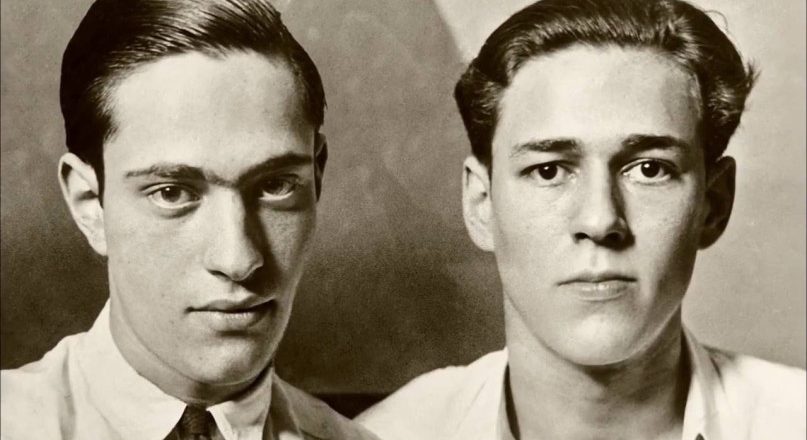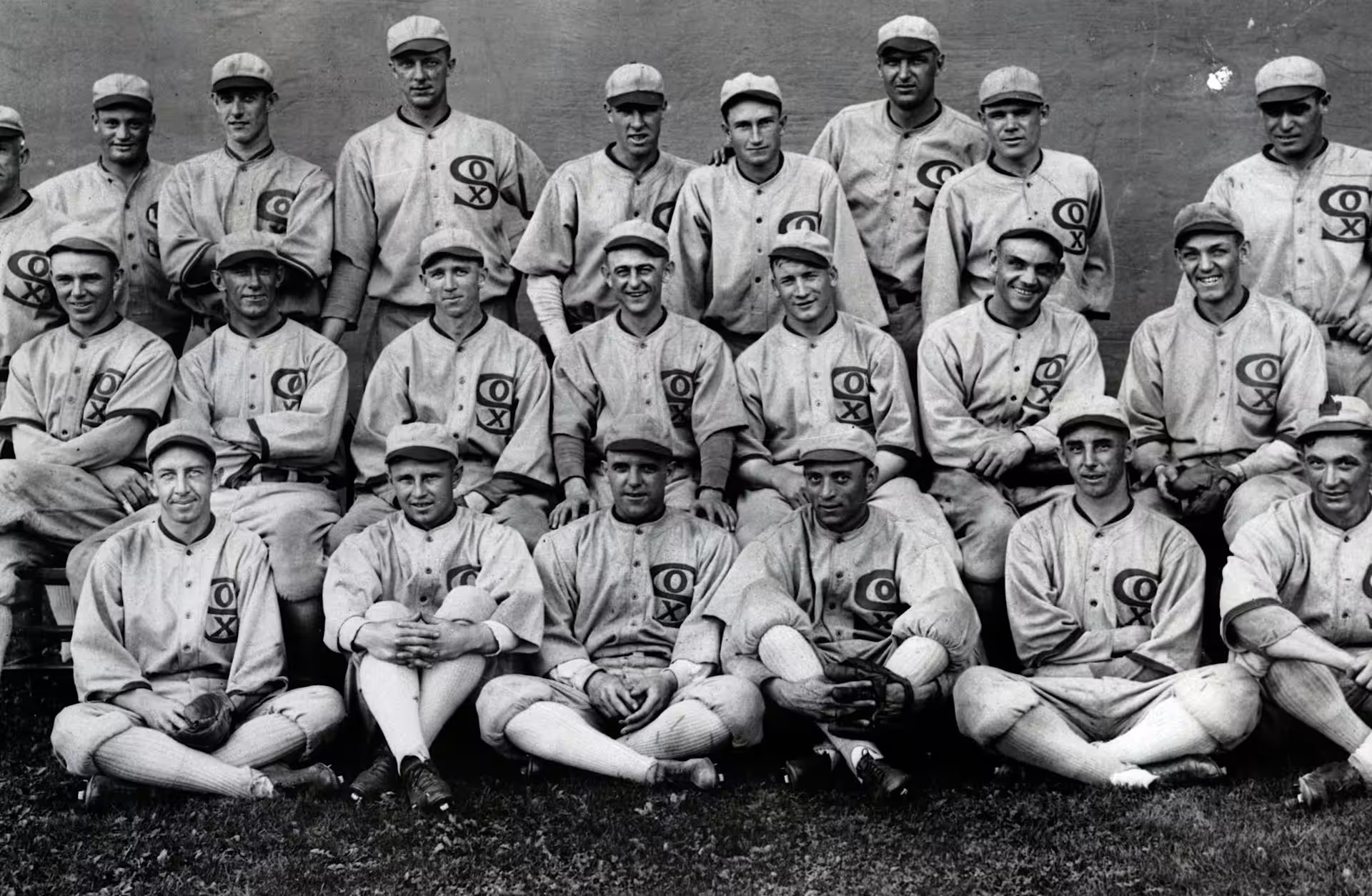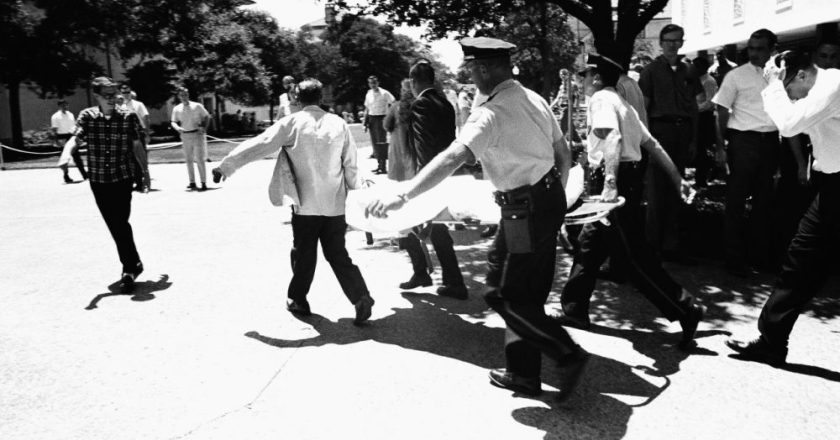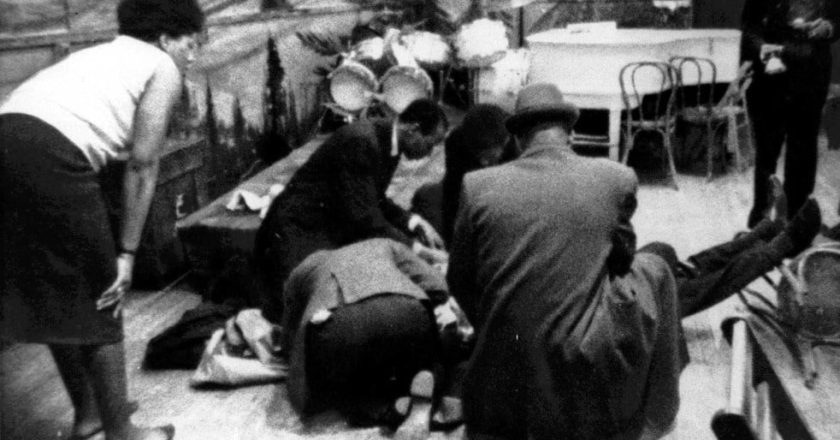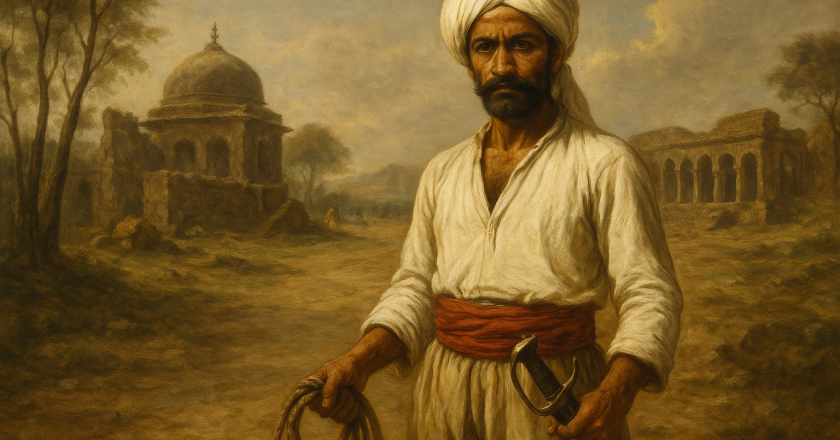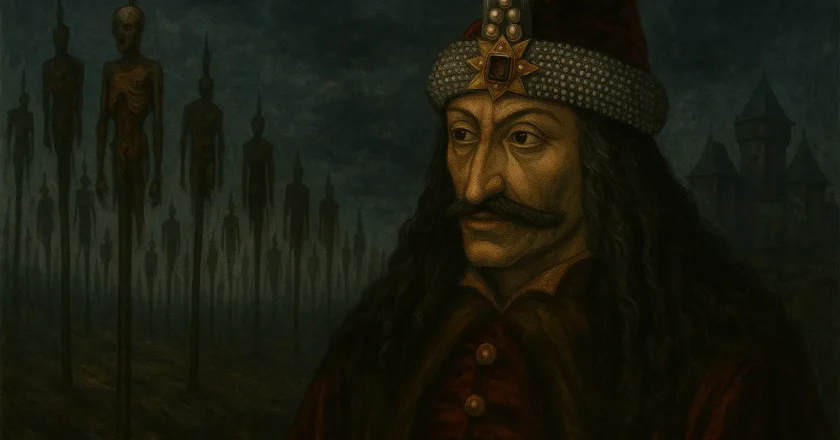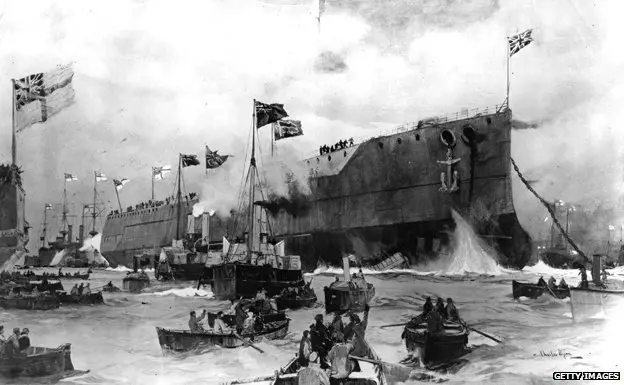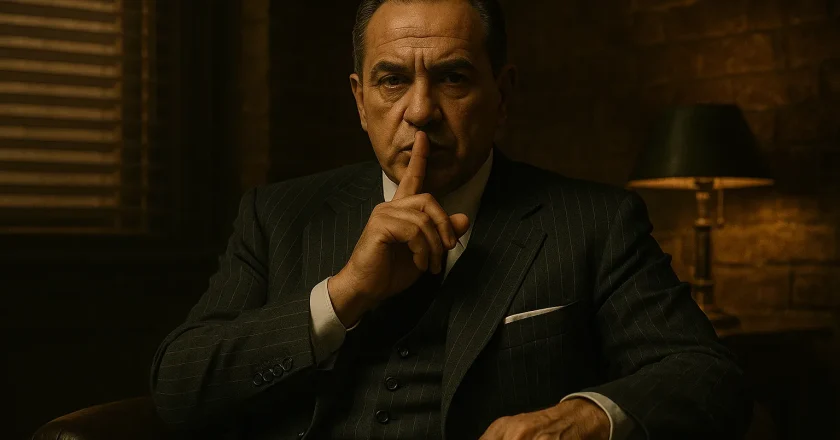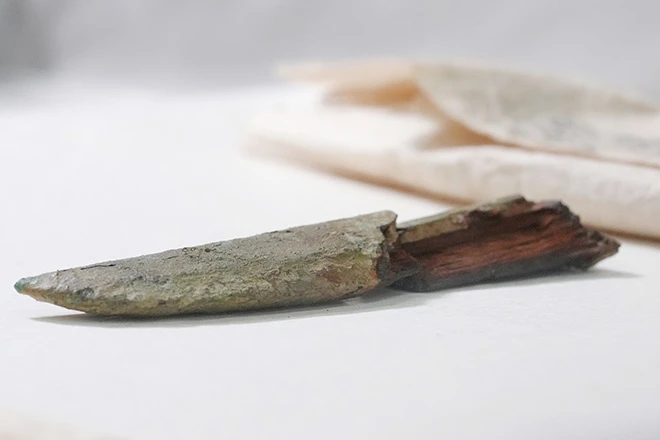The Nuclear Device Lost in the Himalayas: A Cold War Secret Still Buried Above the Ganga
High in the Indian Himalayas, where rock gives way to ice and human presence thins into myth, a Cold War secret may still lie entombed beneath glaciers. It is not a legend from antiquity or a rumor born of folklore. It is a documented operation involving the CIA, India’s Intelligence Bureau, and a nuclear-powered surveillance device that vanished in 1965 on the slopes of Nanda Devi, India’s second-highest mountain.
More than sixty years later, no one knows exactly where it went.
And as glaciers retreat under accelerating climate change, the question that once belonged to geopolitics is quietly becoming an environmental one: what happens if a nuclear-powered device resurfaces above one of the world’s most sacred river systems?
To understand why this story still matters, one must step bac...




